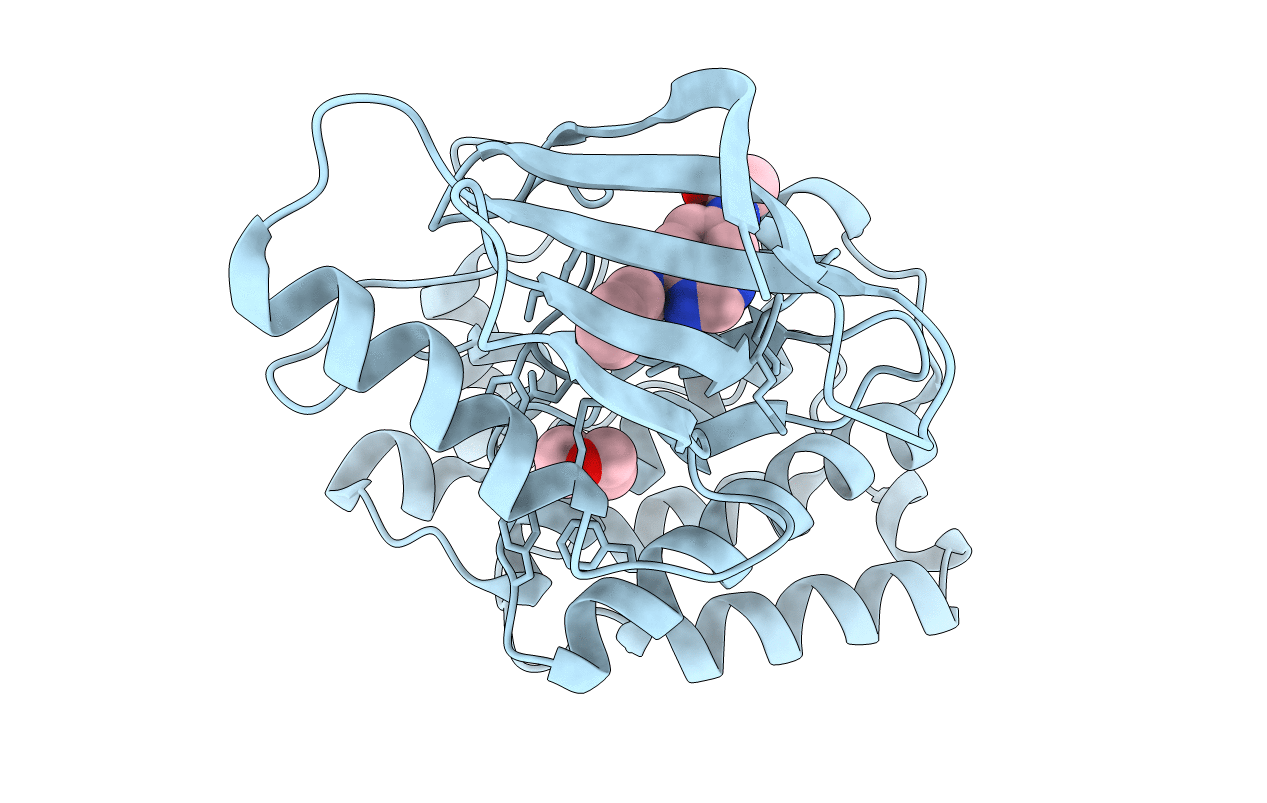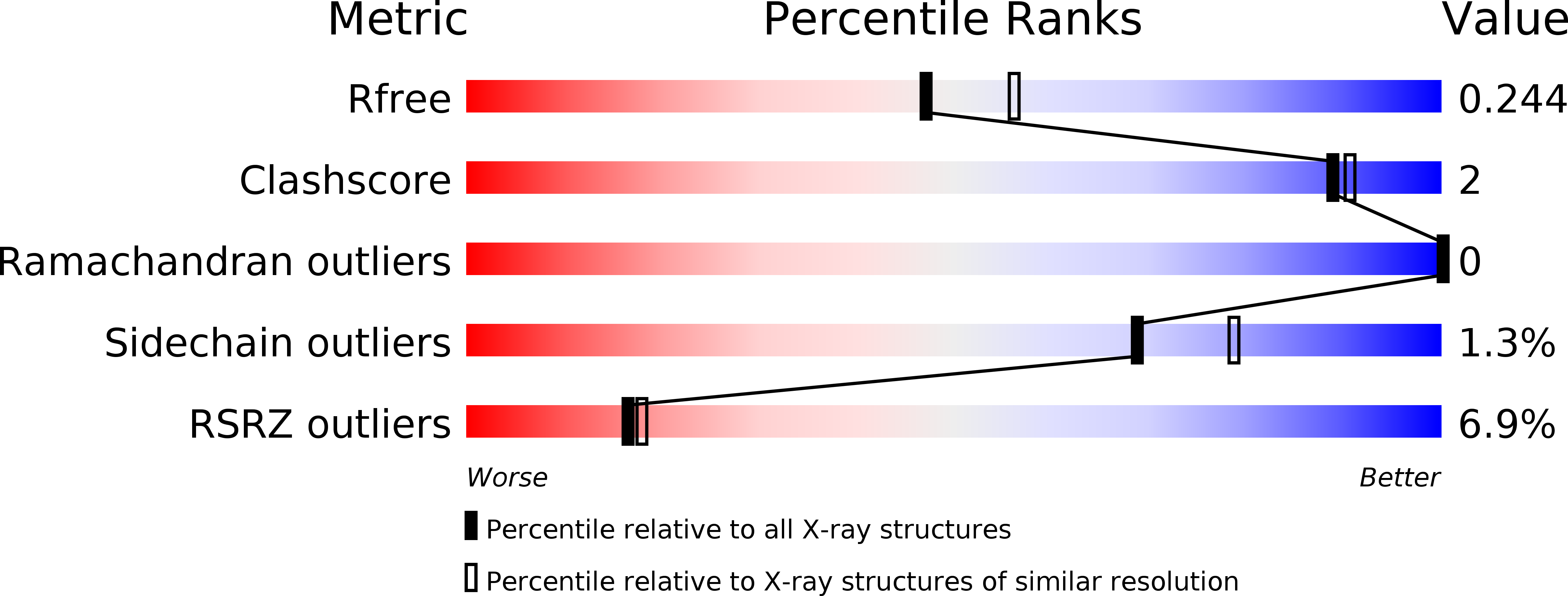
Deposition Date
2016-05-30
Release Date
2016-08-10
Last Version Date
2024-10-09
Entry Detail
PDB ID:
5L6P
Keywords:
Title:
EphB3 kinase domain covalently bound to an irreversible inhibitor (compound 6)
Biological Source:
Source Organism:
Homo sapiens (Taxon ID: 9606)
Host Organism:
Method Details:
Experimental Method:
Resolution:
2.26 Å
R-Value Free:
0.23
R-Value Work:
0.20
R-Value Observed:
0.20
Space Group:
P 21 21 21


